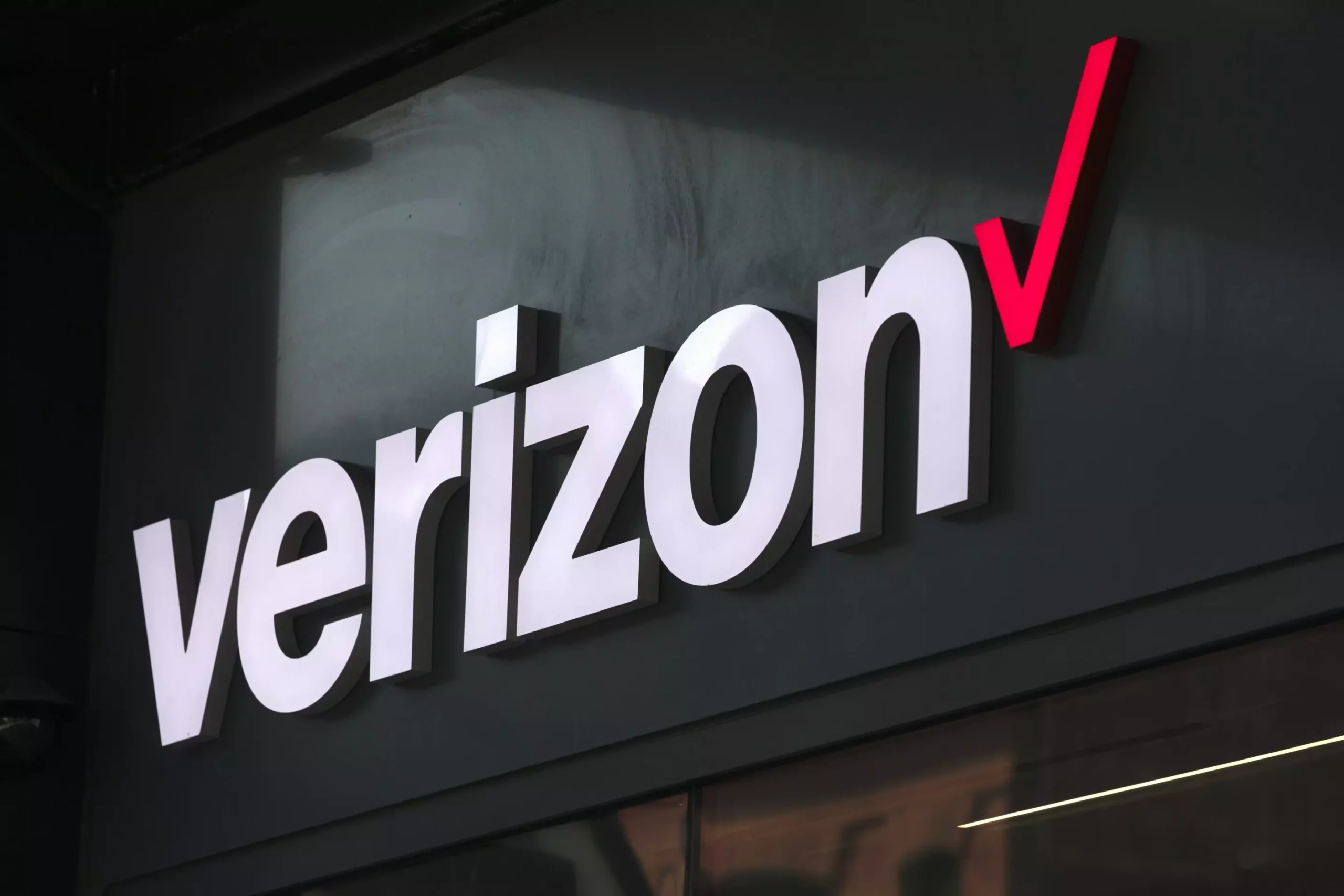On a recent Monday morning, a significant service outage disrupted Verizon cellular networks across various regions in the United States, affecting tens of thousands of customers. Reports surged on DownDetector, peaking above 100,000 around 11 a.m. ET. While the number of complaints dipped throughout the day, nearly 48,000 users still faced connectivity issues by 4 p.m. ET. This shutdown was felt most acutely in the Southeastern United States, where residents were still recovering from the impacts of Hurricane Helene. Yet, the troubles were not confined to one specific area; users from the West Coast, Midwest, and Northeast also reported service interruptions, indicating a widespread, systemic issue.
Verizon, based in New York, took to social media platform X to acknowledge the problem. The company’s response assured customers that engineers were actively investigating the outages and working to resolve them. This prompt communication is crucial during such disruptions, as it helps to mitigate user frustration and keep customers informed. However, the lack of immediate details regarding the cause of the outage left many customers anxious. This situation raises questions about Verizon’s preparedness for unexpected technical failures and the robustness of their infrastructure.
Later that day, the Federal Communications Commission (FCC) addressed the situation, highlighting its commitment to determining the cause behind the widespread disruptions. Yet, the agency did not provide any specific insights or resolutions, which could leave customers feeling unsupported during such inconveniences. The FCC’s involvement underscores the importance of regulatory oversight in telecommunications, especially when massive service disruptions occur.
For iPhone users, the outage manifested in the form of SOS messages appearing in the status bar, a signal that their devices were struggling to connect to the Verizon network. This feature occasionally allows the making of emergency calls through other carrier networks, serving as a lifeline during such dilemmas. However, users relying exclusively on their cellular connections for communication were understandably frustrated.
In response to unforeseen service interruptions, users are encouraged to utilize alternative methods for maintaining connectivity. One such approach is taking advantage of Wi-Fi networks, which can offer a reliable means of maintaining communication during cellular outages. Both Android devices and iPhones feature built-in Wi-Fi calling options, a setting that can be easily enabled and allows users to make calls using a nearby Wi-Fi connection.
The Verizon outage incident serves as a reminder of the vulnerabilities inherent in modern communication networks. Users have come to expect reliable connectivity for both personal and professional needs, and such widespread disruptions can have far-reaching consequences. As telecommunications companies strive to maintain their services in the face of unexpected challenges, a commitment to improving infrastructure and customer communication will be vital. Ensuring that users can rely on their services not only safeguards customer trust but also protects against potential future outages.


Leave a Reply